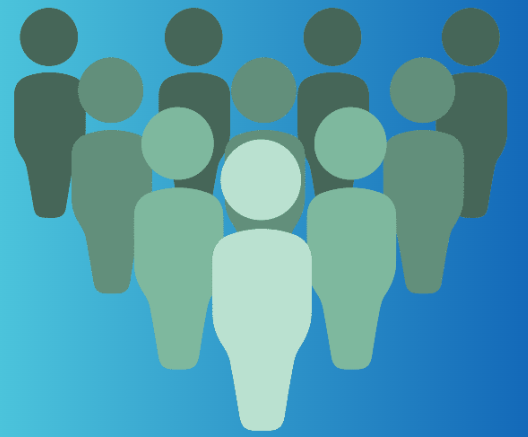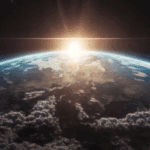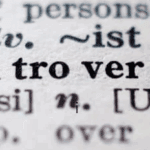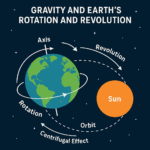
Why Do Not All Humans Look the Same?

The Beautiful Diversity of Humanity
One of the most fascinating aspects of humanity is our incredible diversity. Walk down any street in a bustling city, and you’ll encounter a kaleidoscope of faces, each unique in its own way. From varying skin tones and eye shapes to differing hair textures and body types, human appearance is remarkably diverse. But why do we look so different from one another? The answer lies in a complex interplay of genetics, evolution, environment, and culture.
The Genetic Foundation
At the core of our physical differences is our genetic makeup. Humans share about 99.9% of their DNA with one another, yet the remaining 0.1% is responsible for the wide array of physical characteristics we see. This genetic variation is a result of mutations, genetic recombination, and the inheritance of traits from our ancestors.
Example: Skin Color
One of the most noticeable differences among humans is skin color. This trait is primarily determined by the amount and type of melanin in the skin, which is controlled by multiple genes. Populations that evolved near the equator, where ultraviolet (UV) radiation from the sun is intense, tend to have darker skin. Melanin protects against UV radiation, reducing the risk of skin cancer and preserving folate levels. In contrast, populations that evolved in higher latitudes with less UV radiation tend to have lighter skin, which aids in the production of vitamin D in conditions of limited sunlight.
Evolution and Natural Selection
Human appearance has also been shaped by the forces of evolution and natural selection. Over thousands of years, humans have adapted to their environments in ways that affect their physical traits.
Example: Body Shape
In colder climates, a stockier body shape helps conserve heat, while in hotter climates, a leaner body shape helps dissipate heat more effectively. This phenomenon is known as Bergmann’s and Allen’s rules, which describe the correlation between body size, limb proportions, and climate.
The Role of Migration and Intermixing
Human history is a story of migration and intermixing. As early humans moved out of Africa and spread across the globe, they encountered and adapted to different environments. This migration led to genetic mixing between populations, further increasing the diversity of human appearances.
Example: Facial Features
Facial features such as the shape of the nose and eyes can vary significantly among populations. For instance, narrower noses are more common in colder, drier climates as they help warm and humidify the air before it reaches the lungs. In contrast, broader noses are more common in warmer, more humid climates.
Environmental Influences
The environment also plays a significant role in shaping our appearance. Factors such as diet, lifestyle, and exposure to different elements can influence physical traits.
Example: Height
Nutrition is a crucial factor in determining height. Populations with access to a diet rich in nutrients tend to be taller on average. This is why there are noticeable height differences between populations in different regions, depending on the availability and quality of food resources.
Cultural and Social Factors
Culture and social practices can influence physical appearance through practices such as mate selection, grooming, and body modification.
Example: Hairstyles and Body Art
Different cultures have distinct practices when it comes to hairstyles, clothing, and body art. These cultural expressions add another layer of diversity to human appearance. For example, the Himba people of Namibia are known for their distinctive hairstyles, which are not only a cultural expression but also a practical way to protect their hair in a harsh climate.
Modern Influences on Appearance
In today’s globalized world, the mixing of populations continues at an accelerated pace, leading to even greater diversity. Advances in travel and communication have made it easier for people from different backgrounds to meet, marry, and have children, resulting in a blending of physical traits.
Example: Multiracial Individuals
The increasing number of multiracial individuals is a testament to this blending. These individuals often exhibit a combination of physical traits from different ancestral backgrounds, further enriching the tapestry of human appearance.
Conclusion: Celebrating Diversity
The diversity of human appearance is a testament to our species’ adaptability and resilience. It reflects our evolutionary history, our migrations, our adaptations to different environments, and our cultural practices. Embracing and celebrating this diversity not only enriches our understanding of humanity but also fosters a more inclusive and compassionate world. Each unique face tells a story of survival, adaptation, and the beauty of human variation. So, the next time you walk down a crowded street, take a moment to appreciate the intricate and wonderful differences that make us human.
Hello, I am Aman (: Full Time Traveler :) At the age of 41, in April 2023, fueled by my love for travel and the determination not to remain fixed like a tree, I embarked on a bold journey. Having dedicated 17 years to a corporate job, I chose to transition from a full-time employee to a full-time traveler, driven by the desire to break free from the routine and constraints of a conventional life. Along the way, I not only explored the wonders of travel but also uncovered the transformative power of financial freedom. I realized how it could liberate me to lead a life teeming with adventure, purpose, and fulfillment. Through my blogs, I am passionately sharing my story, aiming to inspire and provide valuable guidance to those, like me, who aspire to weave travel into a life overflowing with limitless possibilities.





















Post Comment
You must be logged in to post a comment.